In 1939, Elsie Kokes graduated at the top of her class at Catholic University of America, but she struggled to find steady employment as a chemist—because she was a woman. Today, her great-niece, anthropologist Christina Warinner, has developed groundbreaking techniques for studying ancient DNA, teaches at Harvard University, and leads a research group at the Max Planck Institute for the Science of Human History. Today Warinner (bottom right), says she "owes a debt of gratitude to the women who struggled before me, who blazed the trails that I now follow. I am proud to be able to fulfill the dreams they were denied.” Science interviewed Warinner and eight other trailblazers who show that scientists, no matter their differences, are all ultimately “people working together on a problem.”
In 1939, Elsie Kokes graduated at the top of her class at Catholic University of America, but she struggled to find steady employment as a chemist—because she was a woman. Today, her great-niece, anthropologist Christina Warinner, has developed groundbreaking techniques for studying ancient DNA, teaches at Harvard University, and leads a research group at the Max Planck Institute for the Science of Human History. Today Warinner (bottom right), says she "owes a debt of gratitude to the women who struggled before me, who blazed the trails that I now follow. I am proud to be able to fulfill the dreams they were denied.” Science interviewed Warinner and eight other trailblazers who show that scientists, no matter their differences, are all ultimately “people working together on a problem.”
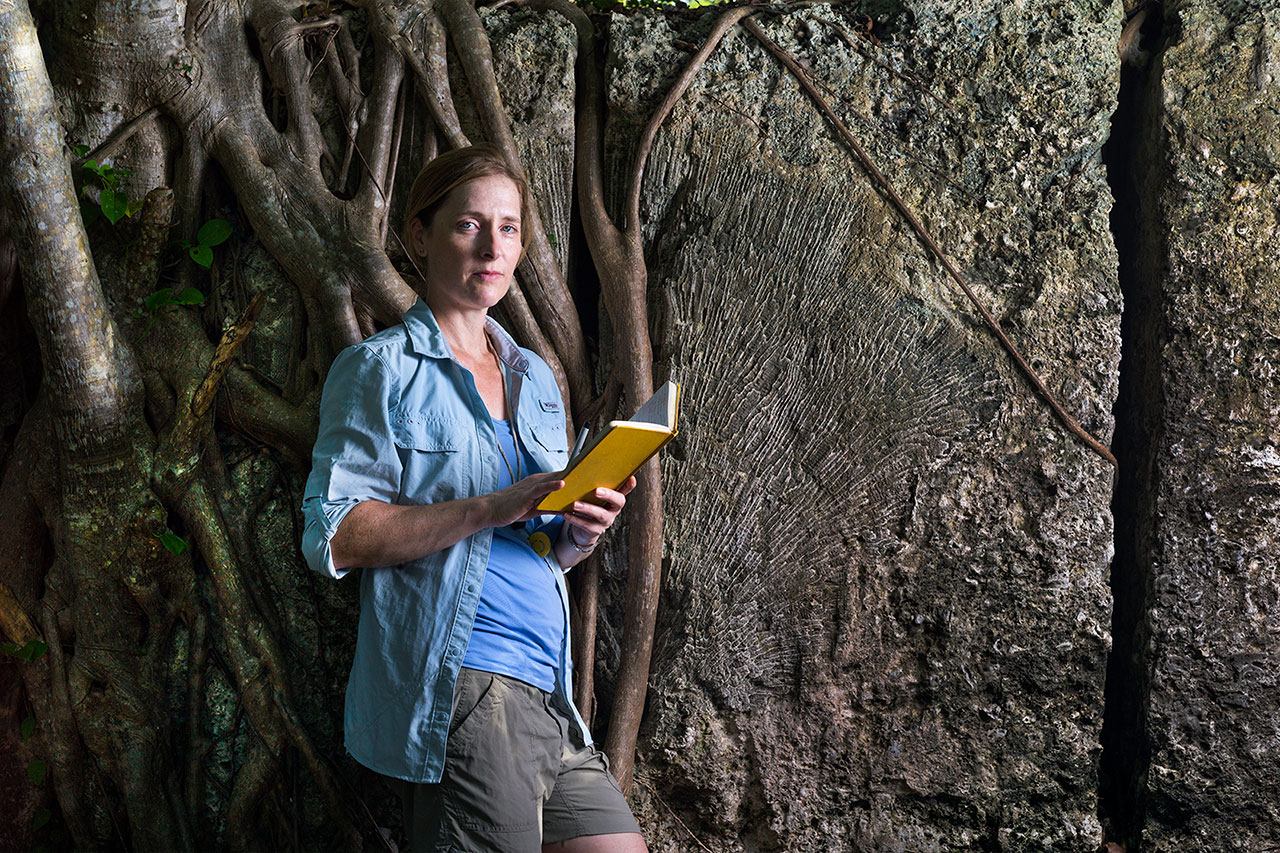
© MAGGIE STEBER
Andrea Dutton
“If someone tells you that you can’t do something, then that probably means that you should go and do it. Don’t let other people hold you back.” Andrea Dutton, a geologist at the University of Wisconsin, Madison, studies ancient coral reefs to understand what’s in store for Earth’s coastlines as sea levels rise. Read more about Andrea Dutton.
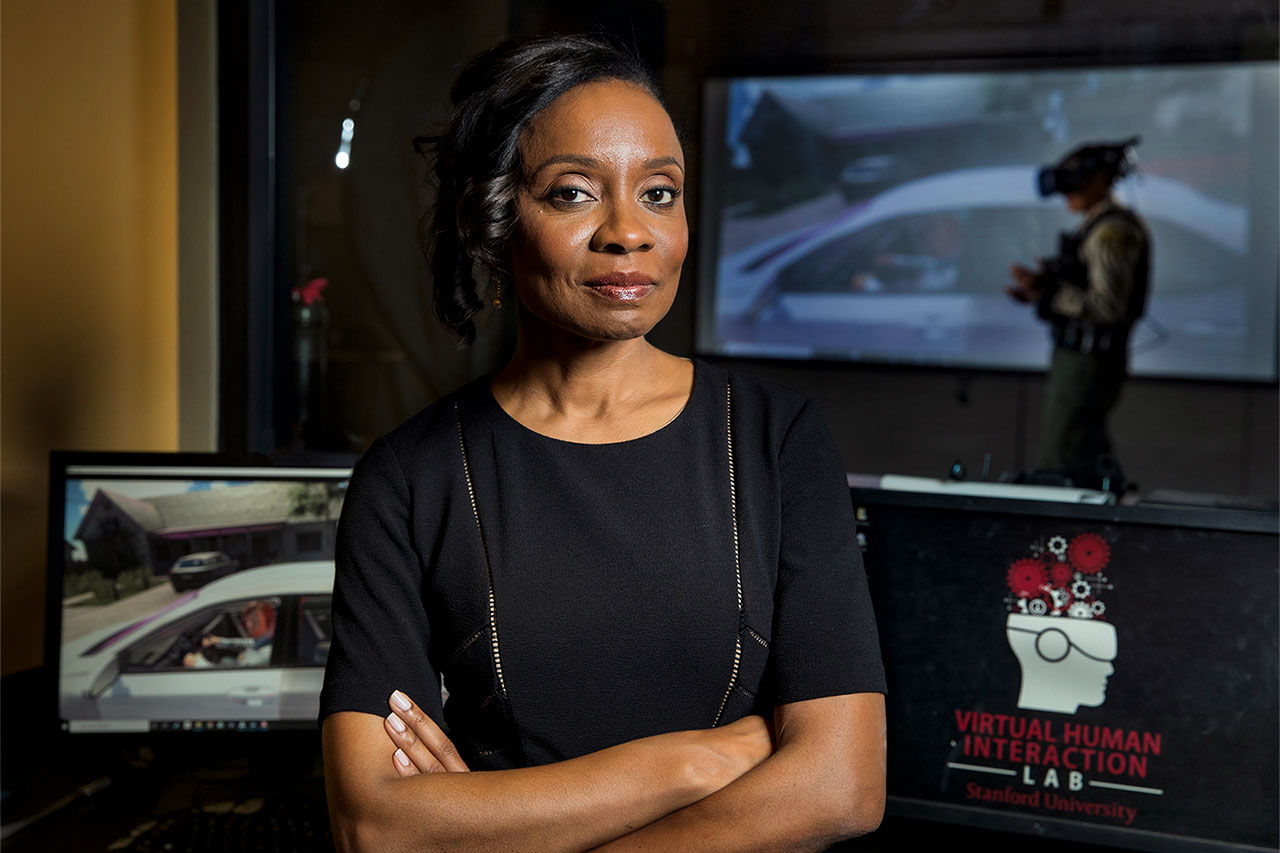
LIPO CHING
Jennifer Eberhardt
“Racial bias is something that’s difficult for many people to see and to talk about. I’m looking at something that’s everywhere, yet it’s invisible at the same time.” Jennifer Eberhardt studies unconscious psychological biases at Stanford University, and her findings have been used to reform police departments and challenge the constitutionality of death sentences. Read more about Jennifer Eberhardt.
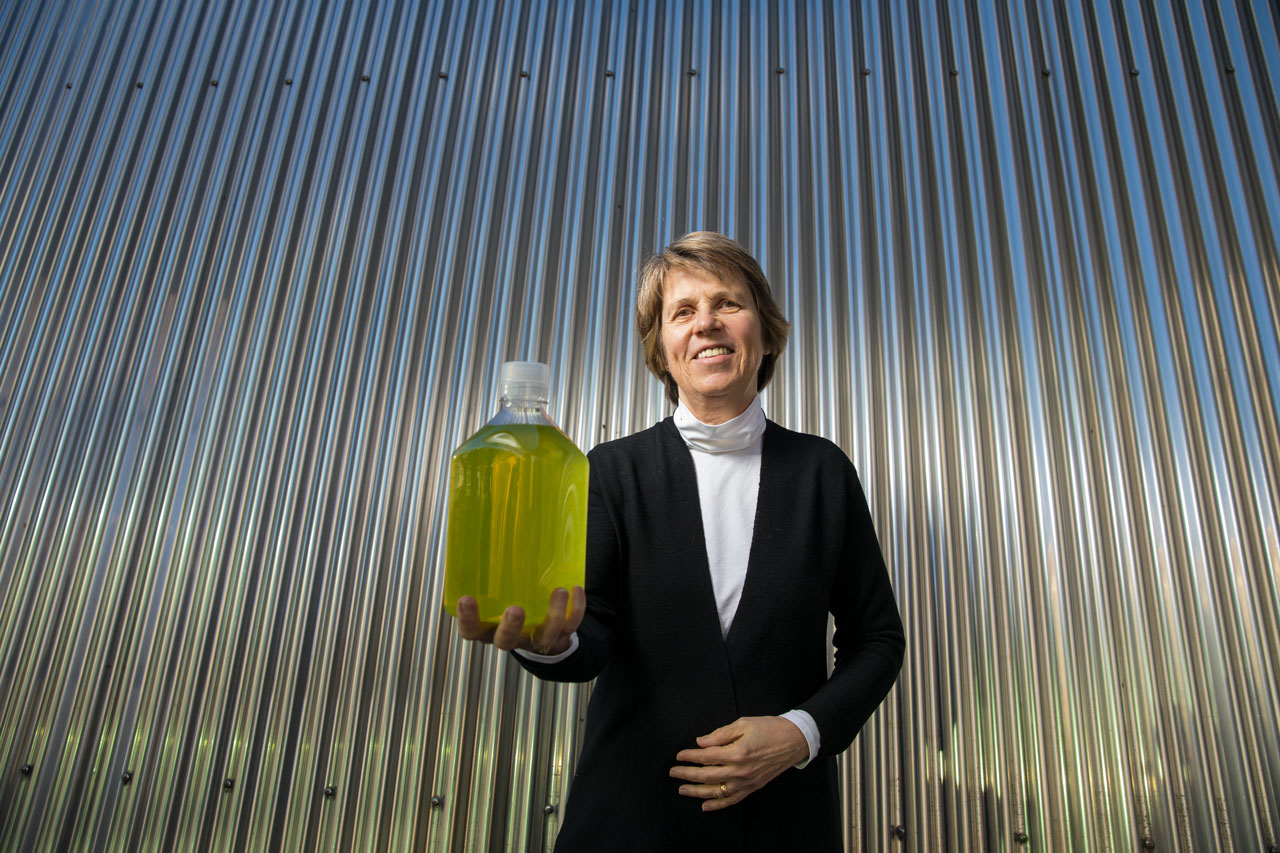
KEN RICHARDSON
Penny Chisholm
“The imposter syndrome is rampant. I’ve even had a Nobel laureate tell me that they have the imposter syndrome. … Recognize it and then just put it away.” Penny Chisholm is a biologist in the civil engineering department at the Massachusetts Institute of Technology, where she has worked for 43 years. She studies the role of the photosynthesizing Prochlorococcus bacterium in ocean ecosystems—and perhaps the rise of life on Earth. Read more about Penny Chisholm.
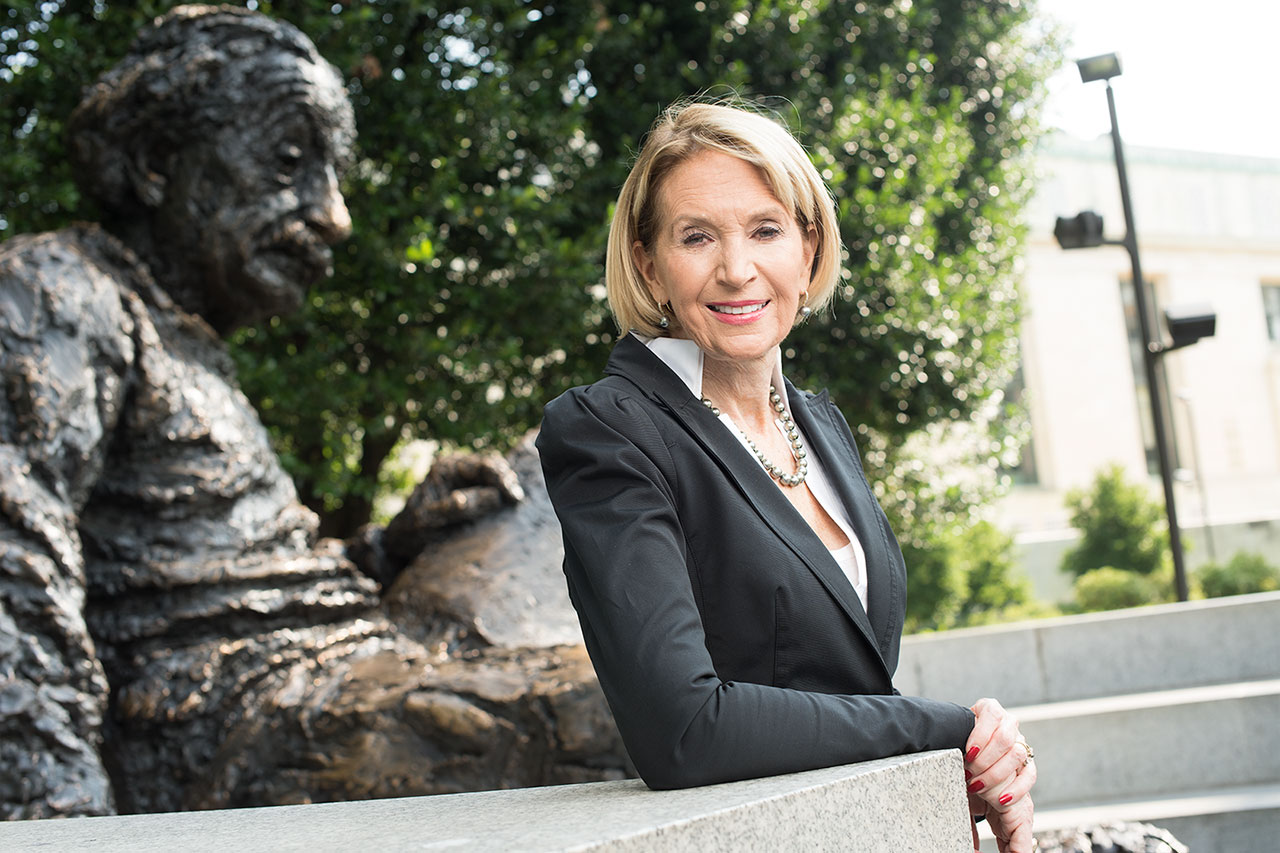
STEPHEN VOSS
Marcia McNutt
“I don’t ever remember a time in my life when I didn’t think of myself as a scientist. The real issue was [always], what kind of scientist would I be?” Geophysicist Marcia McNutt, who oversaw the U.S. Geological Survey’s response to the Deepwater Horizon oil spill as agency director, is the current president of the National Academy of Sciences and former editor-in-chief of Science magazine. Read more about Marcia McNutt.
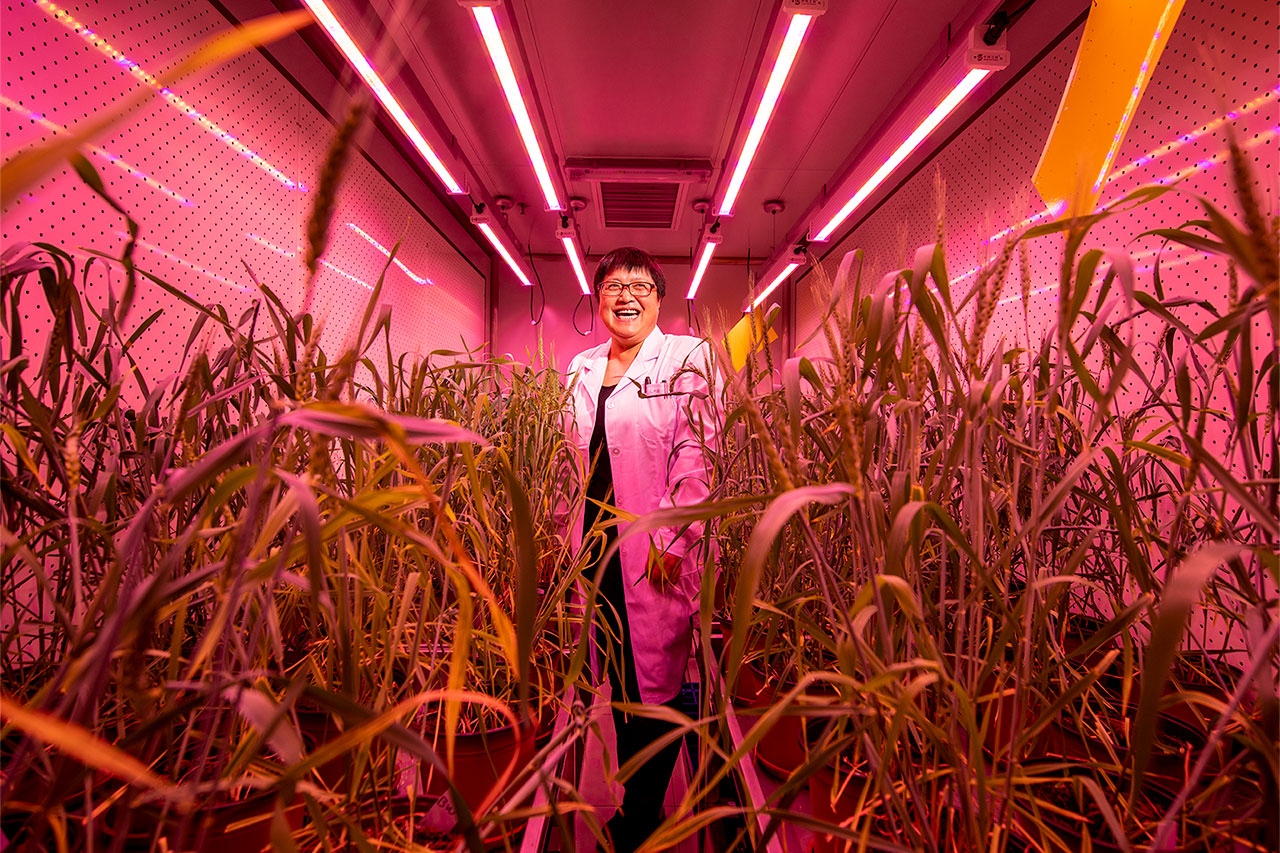
STEFEN CHOW
Gao Caixia
The gene-editing tool CRISPR was “so powerful, [I knew] it would change molecular biology. I almost cried [when I realized it was working].” Gao Caixia, a cell biologist at the Chinese Academy of Sciences’s Institute of Genetics and Developmental Biology, led the first group to modify plant DNA with CRISPR, in hopes of feeding China’s billions. Read more about Gao Caixia.
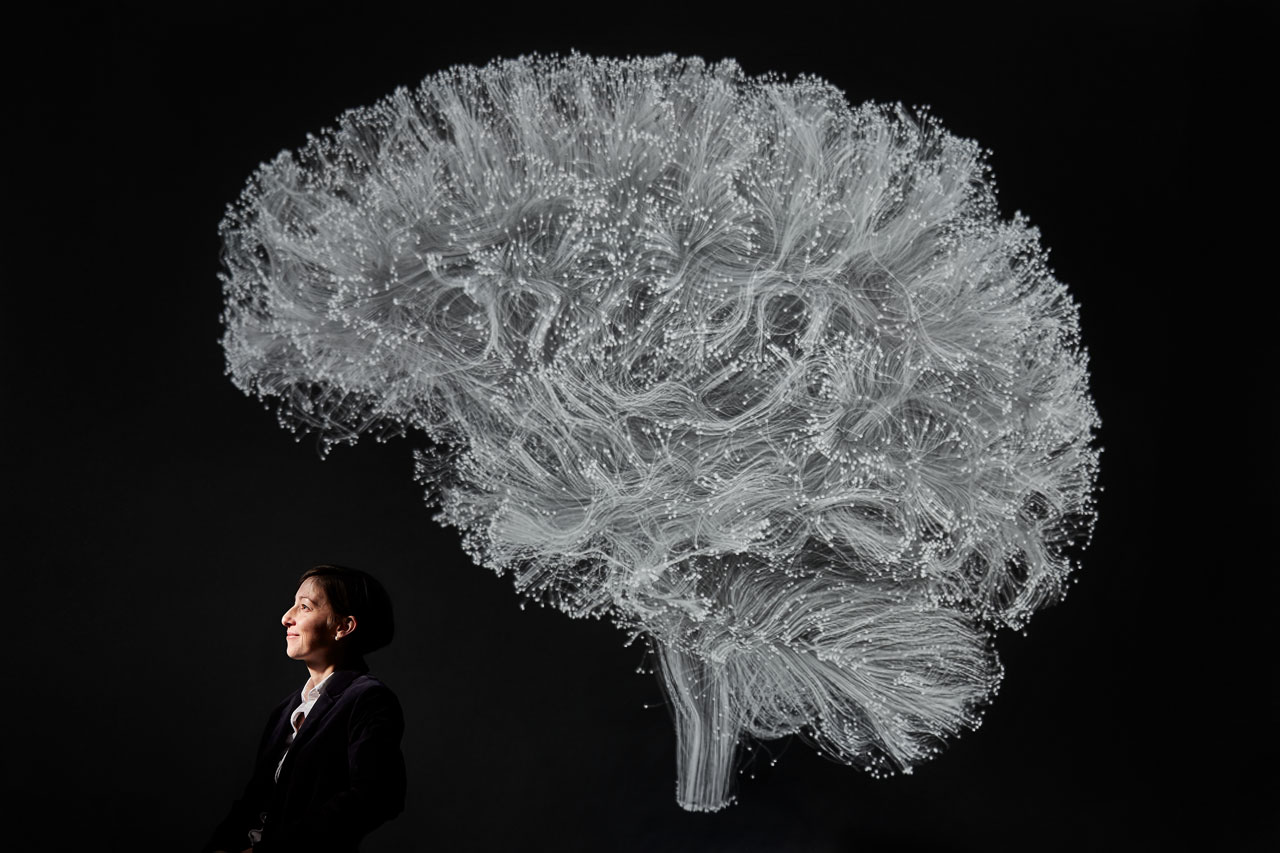
MATTHEW BENDER/JAMES BARTOLOZZI
Danielle Bassett
“I was brought up in a very religious household that believed that men were allowed to have jobs, but women were supposed to stay at home and have children. … I wasn’t happy with that plan.” Danielle Bassett, a physicist by training, runs a lab at the University of Pennsylvania that studies how complex networks in the brain affect everything from personality to psychiatric disorders. Read more about Danielle Bassett.
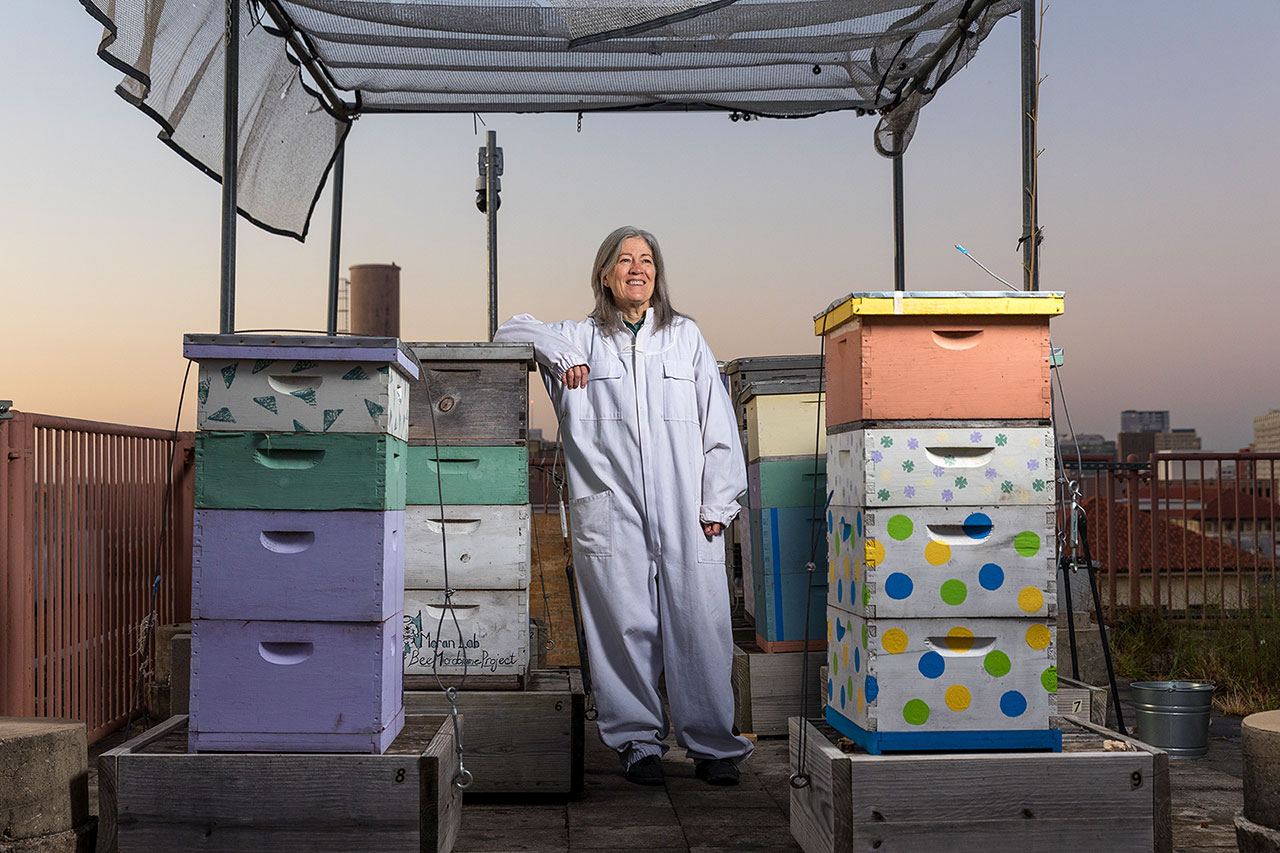
JULIA ROBINSON
Nancy Moran
“As an older female scientist … things really were pretty terrible. With the attention to sexual harassment now … it’s really good that it’s changed and it’s still changing. I think people now would actually be surprised at how bad it was.” Nancy Moran is an evolutionary biologist at the University of Texas, Austin, whose work reshaped how scientists view the deep symbiotic relationships between insects and microbes. Read more about Nancy Moran.
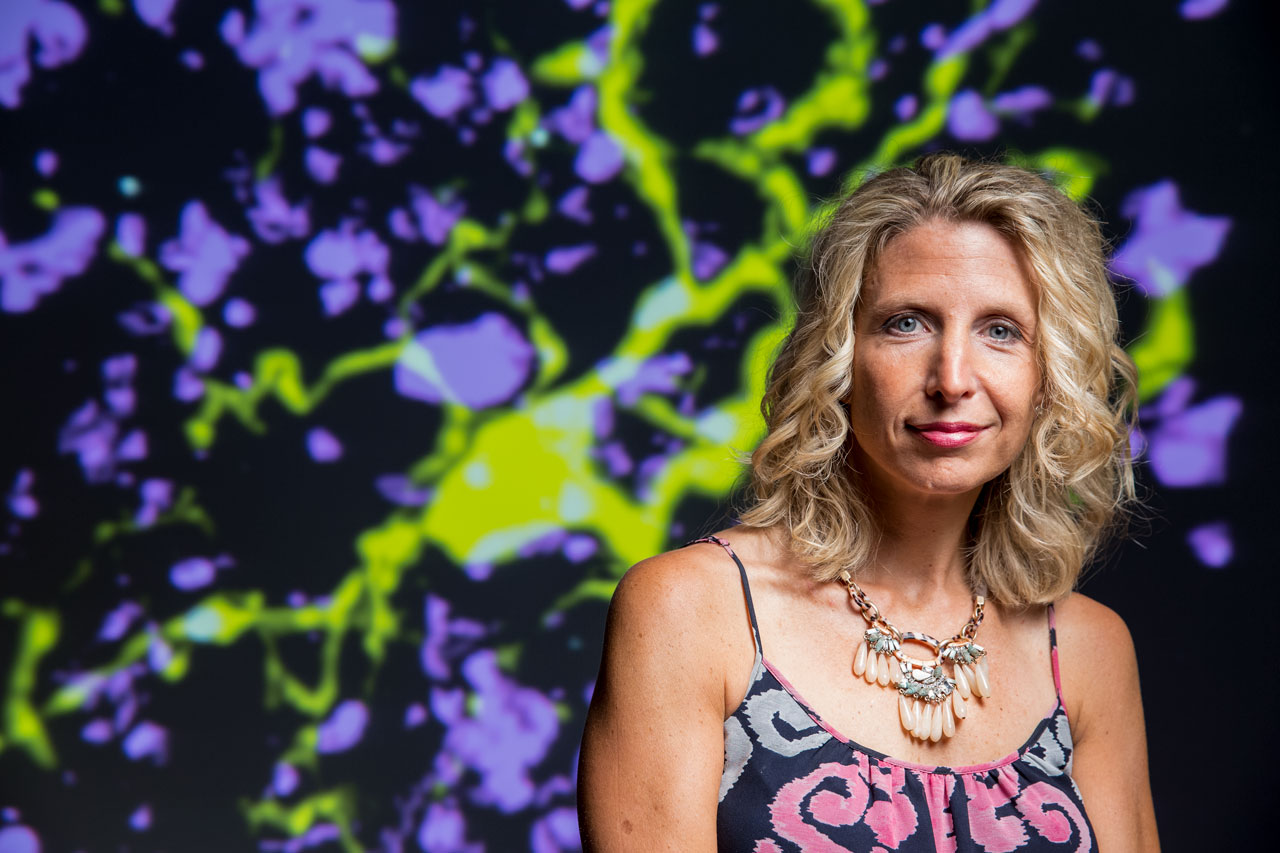
KEN RICHARDSON
Beth Stevens
“I don’t know any other job that gives us this creative freedom to literally be able to wake up in the morning, have an idea sparked by anybody or anything, and the next day … come into the lab and say, ‘Hey, what about this?”’ Beth Stevens, a neurobiologist at Harvard Medical School and Boston Children’s Hospital, studies how deteriorating nerve cell connections can lead to diseases like Alzheimer’s. Read more about Beth Stevens.
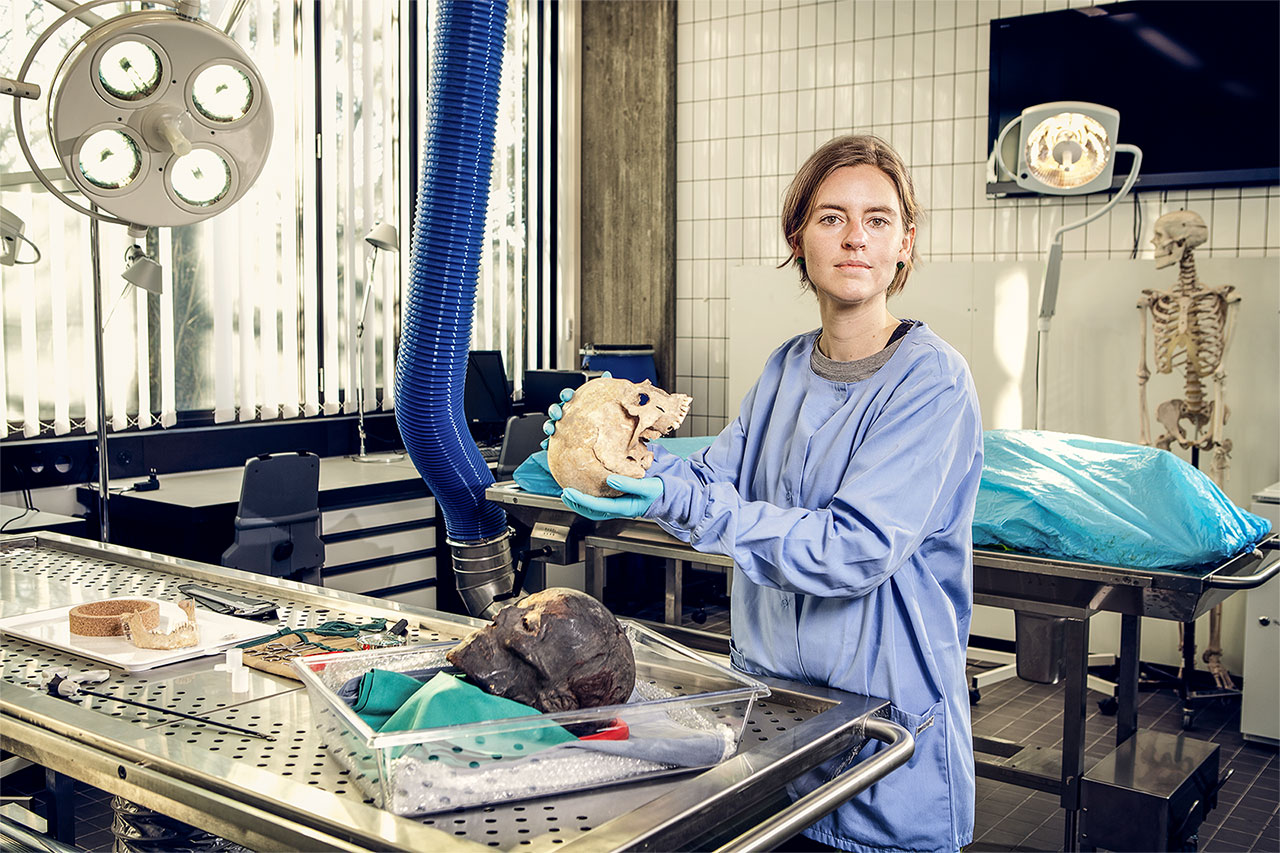
ALEXANDER BABIC PHOTOGRAPHY
Christina Warinner
“I don’t like the mad scientist image because it’s really inaccurate in many ways. It always portrays scientists as being alone, and I don’t know any scientists who work alone.” Anthropologist Christina Warinner is a pioneer in applying DNA analysis to the study of ancient human cultures. Read more about Christina Warinner.
Producer and Web Developer: Xing Liu Supervising producer: Beth Rakouskas Photo Editor: Emily Petersen Design Editor: Marcy Atarod Editor: Catherine Matacic









